
Making Space at the Table
NAP Contemporary’s group show, The Elephant Table, platforms six artists and voices—creating chaos, connection and conversation.
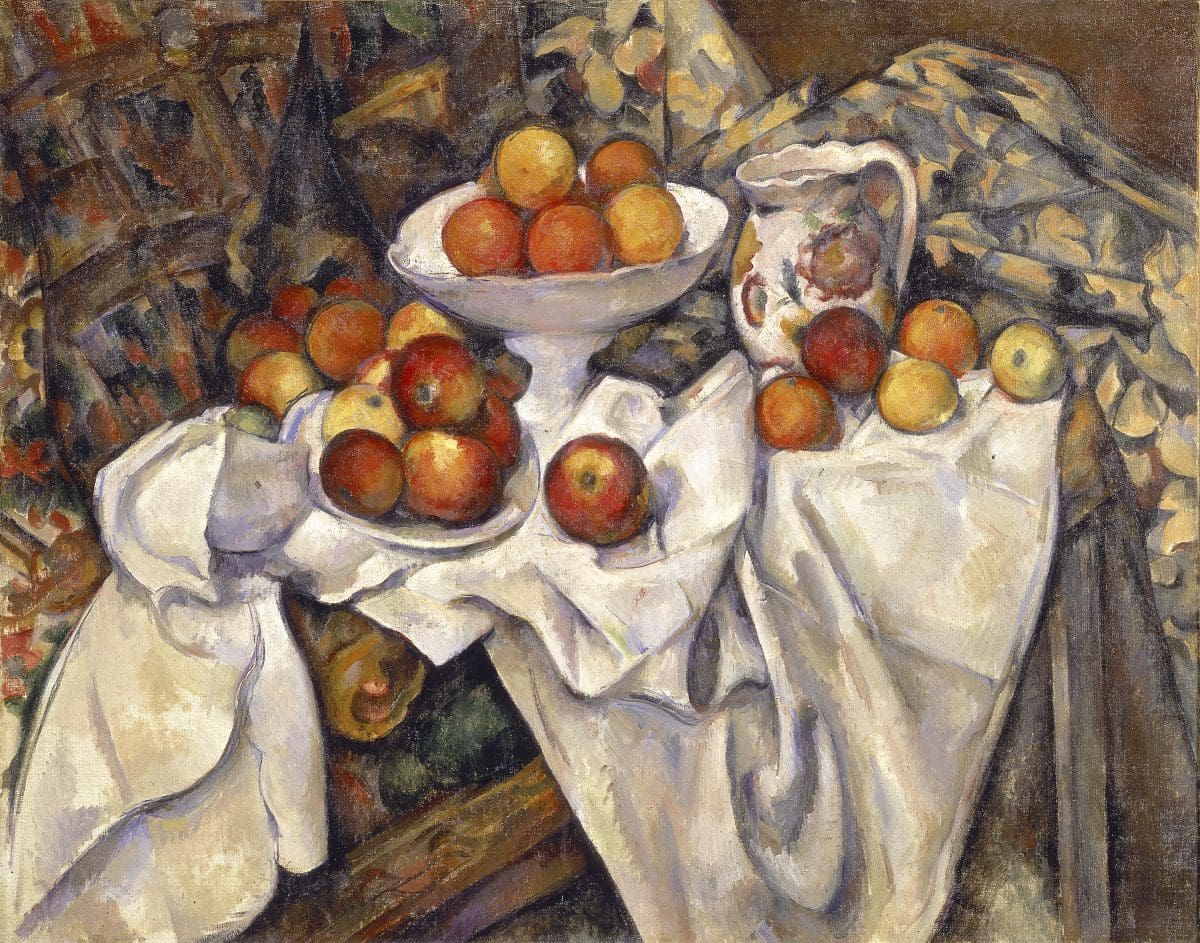
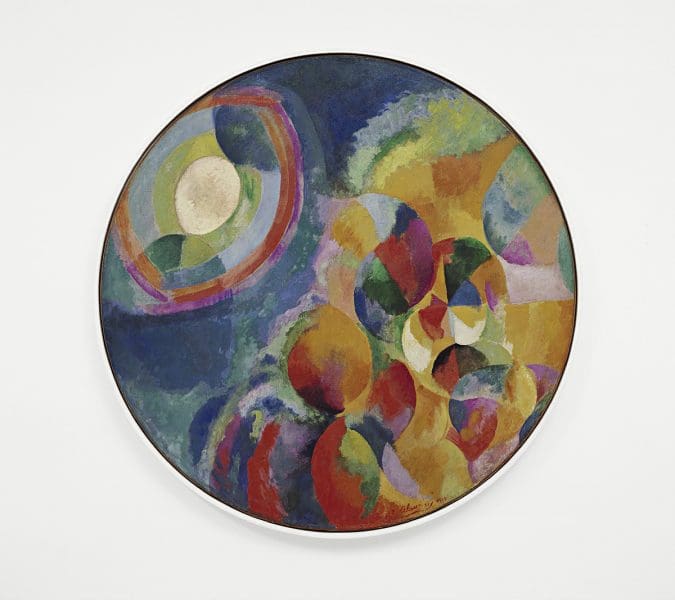

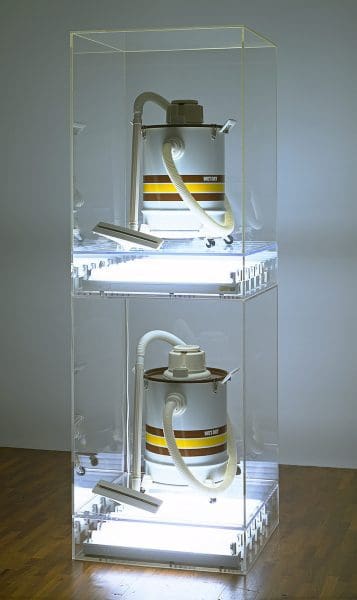
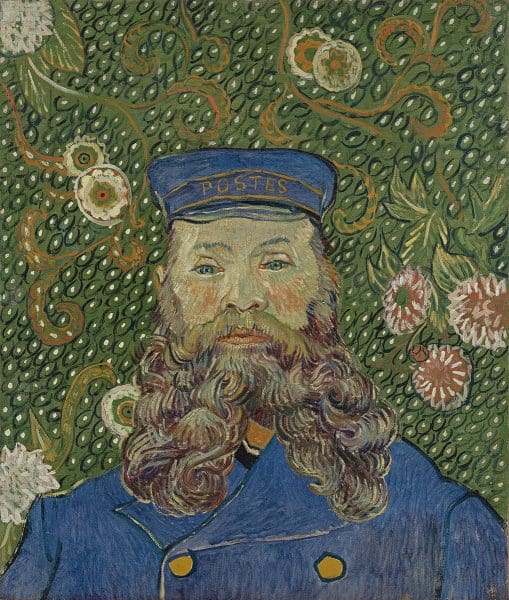
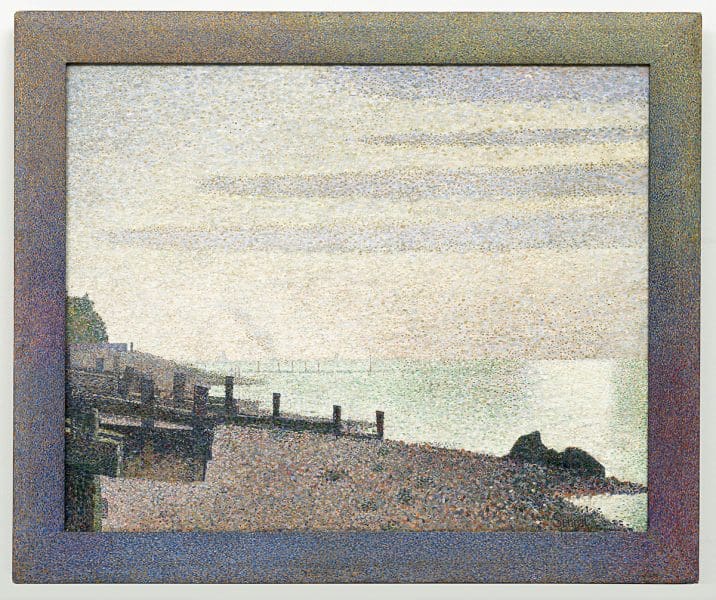
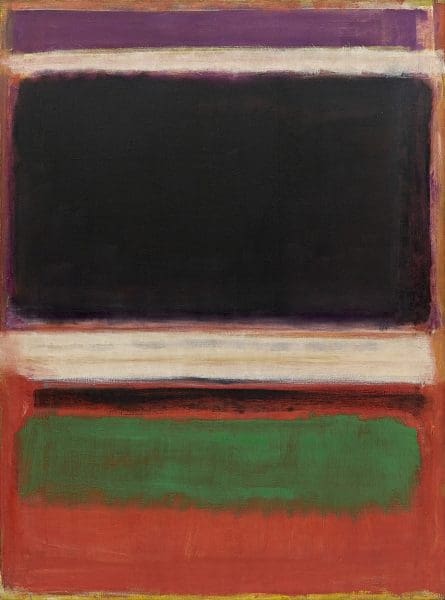
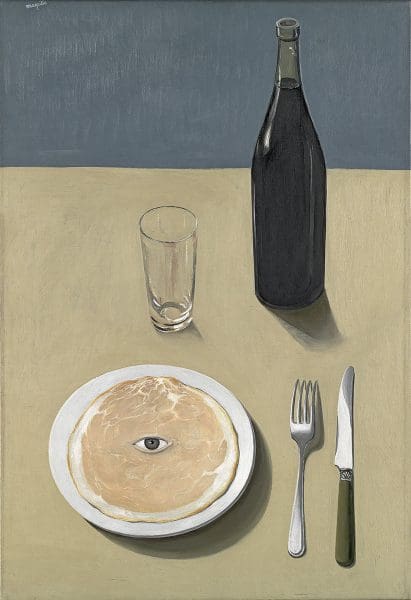
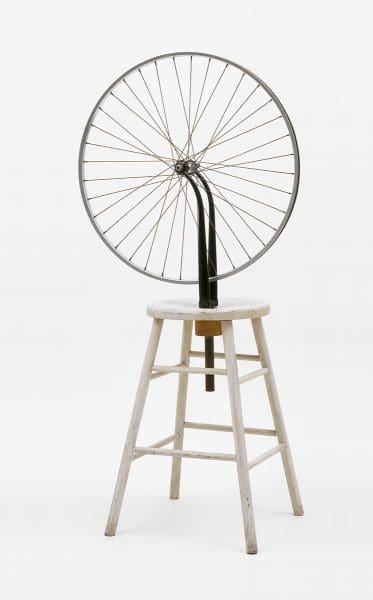


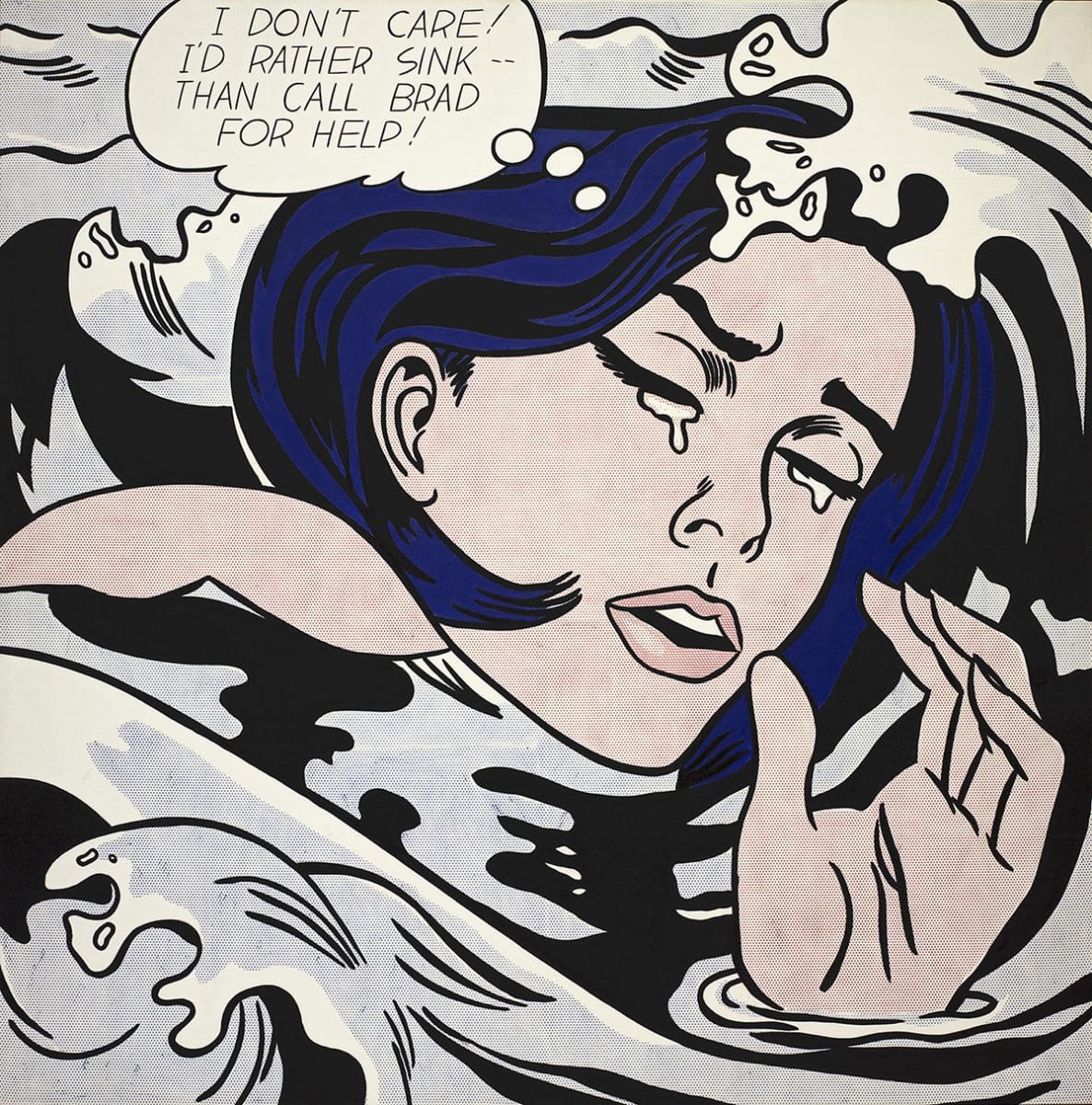
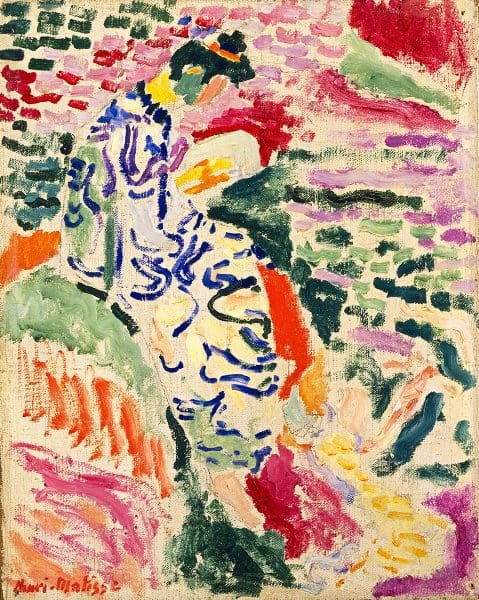

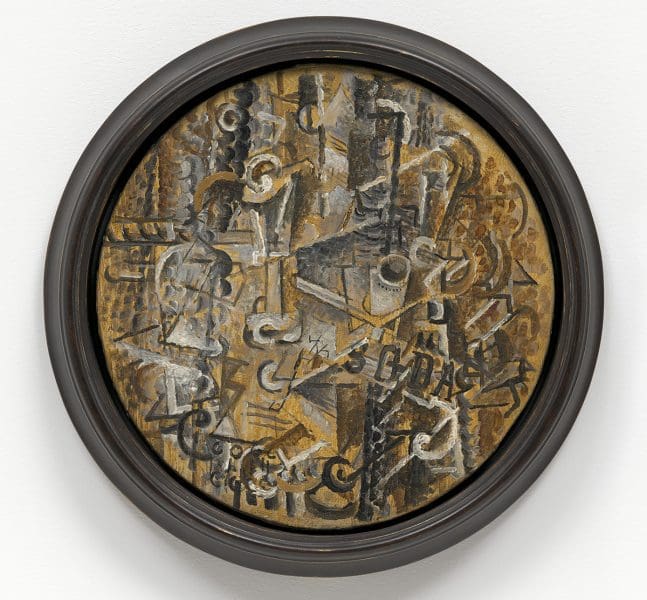
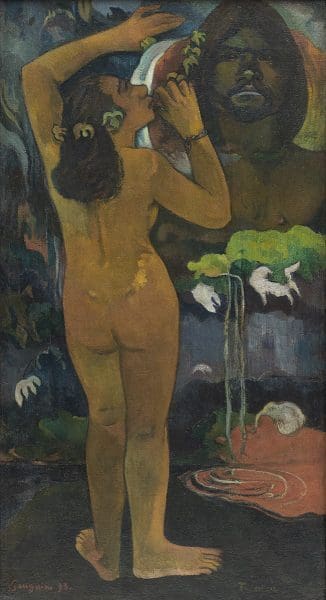
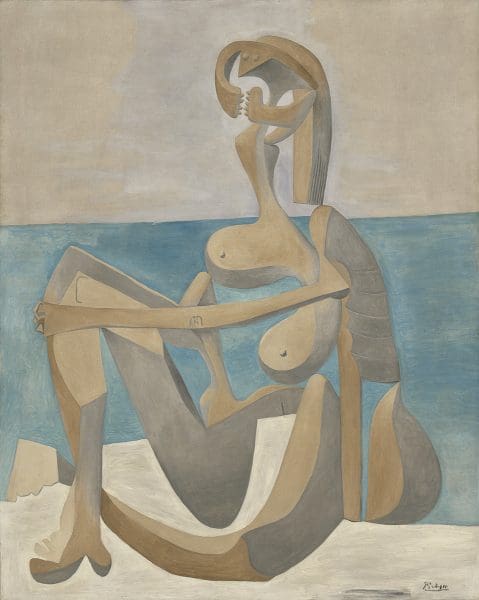

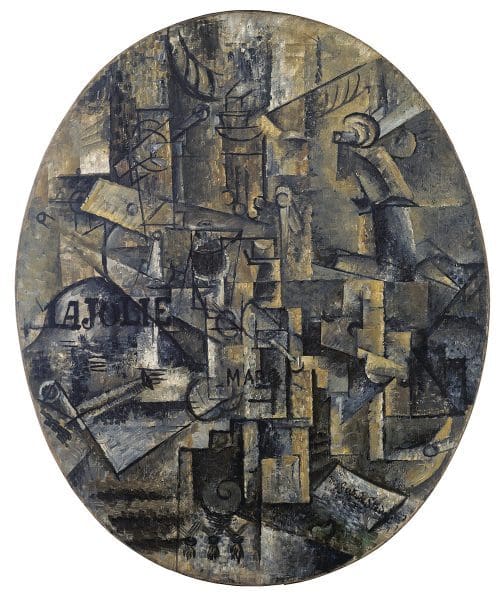
The idea to build the greatest museum in the world was hatched by three women, Abby Aldrich Rockefeller, Lillie P. Bliss and Mary Quinn Sullivan in 1929. To do so, they recognised the need to ride the crest of modern art over and above conservatism.
New York City’s Museum of Modern Art (MoMA) came to define and articulate what modern art was in the 20th century – we’ll chalk that up as a win for “the Ladies”, as the trio were known. The founding spirit hasn’t waned and neither have the visitors; MoMA’s Midtown quarters have continually shifted and grown over the decades. The latest expansion, to ease congestion, includes a cool US$400 million upgrade, a project that has involved the demolition of one building on West 53rd Street (the American Folk Art Museum) and the construction of another.

This building project may have temporarily limited MoMA’s exhibition space, but on the upside it has presented the National Gallery of Victoria with a unique opportunity – a major loan of works from its collection. Miranda Wallace, senior curator of international exhibitions at NGV says Melbourne is in some pretty exclusive company: “They sent one exhibition to Berlin in 2004, during their previous major expansion, and this time they have sent one exhibition to Paris, and a second, different exhibition, to Melbourne.”
How does one approach 130 years of collecting? Certainly, you would be tempted to snatch up crowd-pleasers, starting with the forebears of modernism; Van Gogh, Gauguin and Matisse, which will be included at MoMA at NGV: 130 Years of Modern and Contemporary Art. Continuing chronologically, Wallace has selected Marcel Duchamp, then a little suprematism, and has obliged with Salvador Dali’s The Persistence of Memory and popular painters Pollock and Picasso. We stop in at Warhol and Lichtenstein before edging closer to the 21st century.
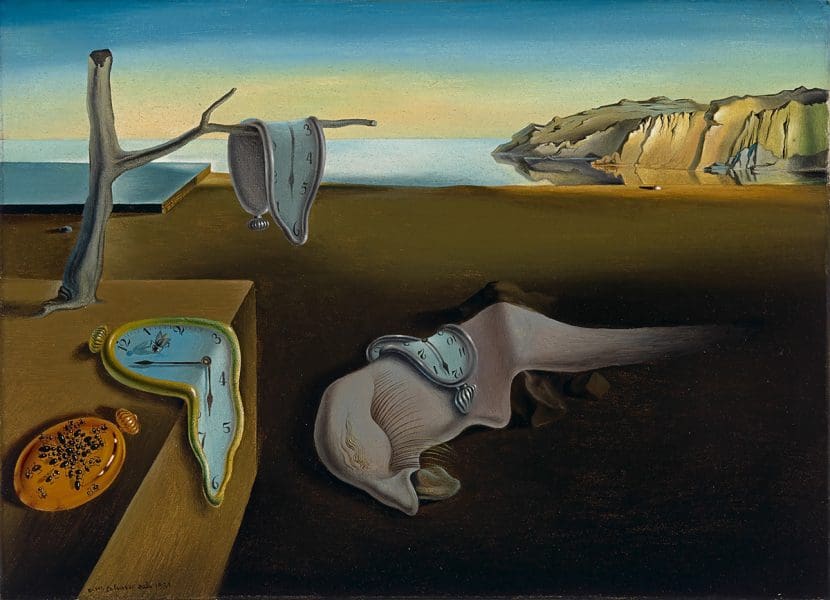
Curating is more than making selections however; here the challenge is in distilling themes to provide a cogent showcase of 200 works. “We knew there were many stories to be told and also many others that one exhibition couldn’t possibly encompass. What seemed more appealing was focusing on several currents or rhythms that continue through the historical period covered by the show.” Wallace wasn’t alone in this task, discussions on what works the NGV exhibition might entail were very active from the time she first met with her collaborative curators at MoMA, Samantha Friedman (associate curator, drawings and prints) and Juliet Kinchin (curator of modern design).
“MoMA curators are very skilled at ‘synthesising’ their collections to tell the many and varied narratives of modernism, and Samantha and Juliet began by proposing a series of thematic groups. These were honed and refined over the course of about 12 months, before we settled on the final eight themes that could unite works from the 1880s through to the present.”
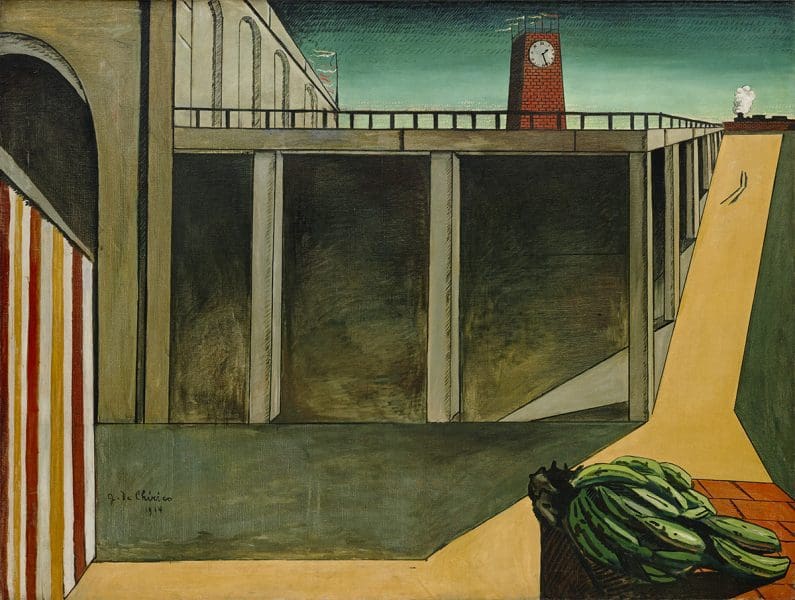
While there has been a trend for curators to eschew chronology when presenting survey shows and especially blockbusters (such as last year’s Van Gogh and the Seasons at NGV or the current impressionism exhibition at the Art Gallery of South Australia), Wallace has embraced chronology. She argues that it “creates a strong structural spine for the exhibition, one that many people will be able to relate to.” Art, says Wallace, doesn’t progress in a linear pattern, or “to the beat of a single drum,” as she puts it.
Chronology therefore, describes the exchanges across decades that occur in the development of art and here the audience will have a chance to connect these echoes beyond just subject and approaches. Wallace says
the “exhibition allows us to visualise a bridge between post-impressionism and the present.”
Representing the present, and current anxiety surrounding migration and displacement is the most recent work, a woven panel created by the National Union of Sahrawi Women alongside Swiss company, Manuel Herz Architects in 2016. The themes of displacement of the Western Saharan women resonate with the mid-period of this exhibition, a time that saw artists emigrate to the US either side of World War II. And while the exhibition opens with predominantly European artists and reflects the centre stage Paris inhabited when it came to avant-garde art, by the “1960s we see increasing pluralism, artists from all over the world, represented.”
The founders, says Wallace, “set a new agenda for collecting contemporary art. A collection philosophy that art was enmeshed in industry and technology was embraced.” As a result the Museum collected broadly within six curatorial departments as diverse as architecture and design and drawing and prints, which will all be represented at NGV.
Chronologising more than a century of modern art inevitably uncovers the oscillations and patterns of history – since the Museum’s founding, has our love affair with technology lessened?
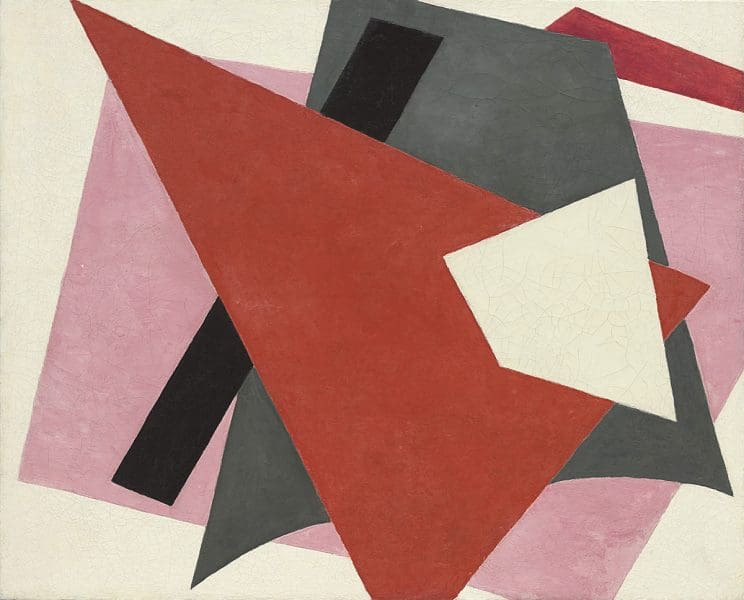
Again three women have put their heads together over MoMA, this time, Wallace and her MoMA colleagues bring the story to Melbourne. It’s not, says Wallace, “a simple story to tell.” In fact, she continues, “it is enormously complex, but the way the exhibition is structured will, I think, provide visitors with a useful tool to access these complex stories – this is the central motif or current of change. This can be used to understand some radically different approaches and objects, and ultimately to get a sense of how artists habitually are engaging with the world in very interesting and meaningful ways.”
MoMA at NGV: 130 Years of Modern and Contemporary Art
National Gallery of Victoria, St Kilda Road, Melbourne
9 June – 7 October